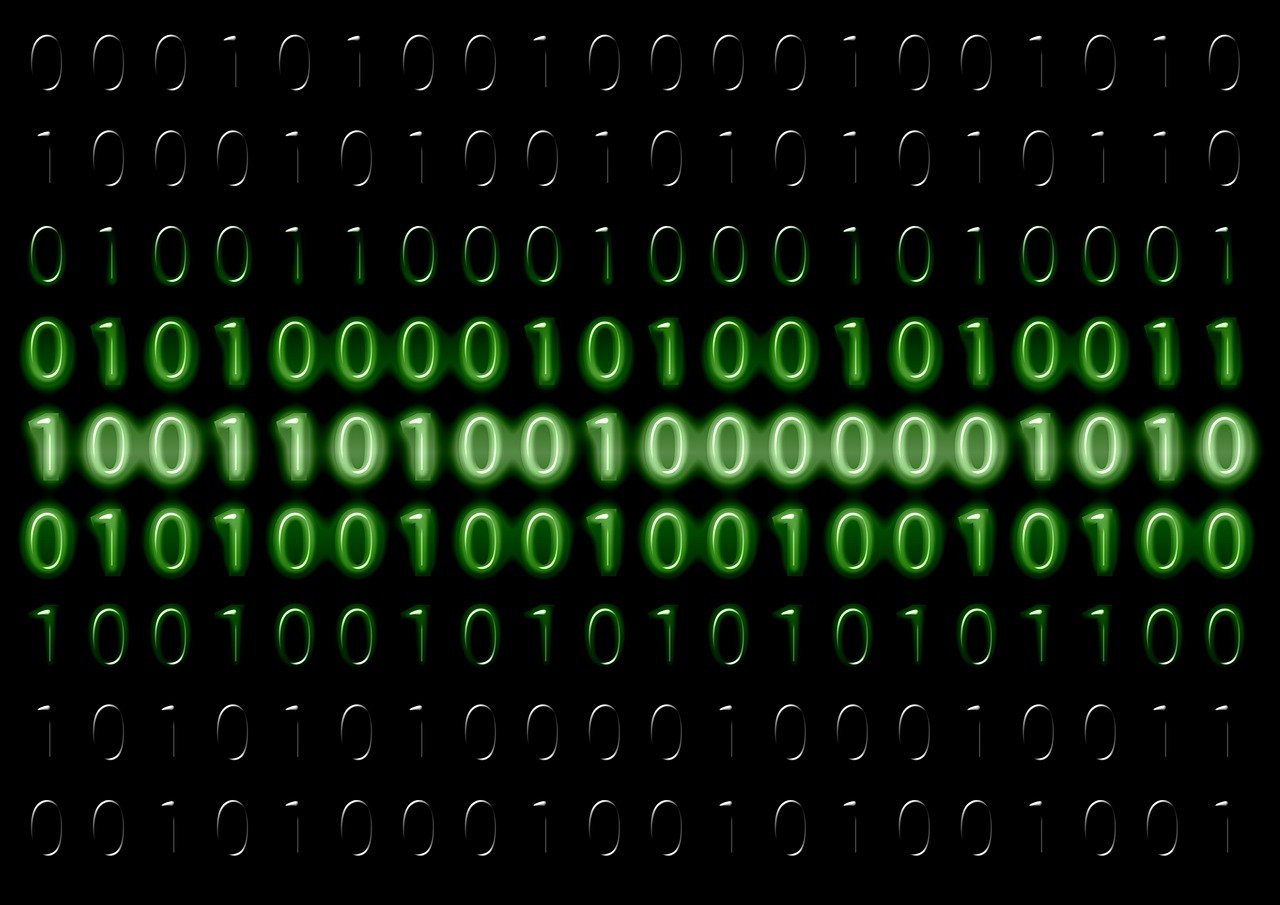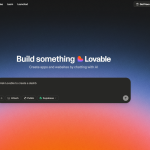Vibecoding: The Art of Coding by Feel
In the world of software development, there’s a coding philosophy that’s been quietly gaining recognition among developers who value intuition over rigid methodology. It’s called “vibecoding” – the practice of writing code based on feel, intuition, and aesthetic sense rather than strict adherence to formal processes or methodologies.
What is Vibecoding?
Vibecoding is the art of programming guided by your instincts and aesthetic sensibilities. Instead of following rigid design patterns or methodologies to the letter, vibecoding emphasizes trusting your gut feelings about what “feels right” in the code. It’s about finding flow states where the code seems to write itself, where solutions emerge organically, and where the final product has an almost musical quality to its structure.
Think of it as the difference between painting by numbers and creating abstract art. Both can produce beautiful results, but vibecoding allows for more creative expression and personal style to emerge in your code.
The Philosophy Behind Vibecoding
At its core, vibecoding recognizes that programming is as much an art as it is a science. While traditional software development emphasizes predictable processes, extensive planning, and following established patterns, Vibecoding acknowledges that sometimes the best solutions come from:
- Intuitive decision-making: Trusting your experience and instincts when choosing between different approaches
- Aesthetic sensibility: Writing code that not only works but feels elegant and beautiful
- Flow states: Allowing yourself to get into a rhythm where code flows naturally
- Organic evolution: Letting the code structure emerge and evolve rather than forcing it into predetermined patterns
Key Principles of Vibecoding
1. Code Should Feel Good to Write
If you’re fighting with your code, struggling to make it fit into a particular pattern, or feeling frustrated with the structure, Vibecoding suggests stepping back and finding a more natural approach. Good code should feel almost effortless to write once you find the right rhythm.
2. Aesthetics Matter
Beautiful code isn’t just about proper formatting – it’s about creating something that has an inherent elegance and flow. Variable names should feel right, function structures should have a natural rhythm, and the overall architecture should have a pleasing symmetry.
3. Trust Your Experience
Your accumulated knowledge and experience create intuitions about what works and what doesn’t. Vibecoding encourages developers to trust these instincts rather than always defaulting to formal methodologies.
4. Embrace Experimentation
Rather than planning everything upfront, vibecoding encourages playful exploration of different approaches. Sometimes the best solutions emerge from trying something that just “feels” interesting.
When Vibecoding Works Best
Vibecoding isn’t appropriate for every situation, but it particularly shines in:
- Creative projects: When building something novel or experimental
- Prototyping: When you need to explore ideas and possibilities quickly
- Personal projects: When you have the freedom to explore and experiment
- Refactoring: When improving existing code, you can feel what improvements are needed
- Problem-solving: When you’re stuck and need to think outside conventional approaches
The Challenges of Vibecoding
While vibecoding can lead to beautiful and innovative solutions, it’s not without its challenges:
- Inconsistency: Different developers’ “vibes” might conflict
- Documentation: It can be harder to explain why certain decisions were made
- Team coordination: Works best with smaller teams or solo developers
- Deadlines: May not be suitable for projects with strict time constraints
- Maintenance: Code written by feel might be harder for others to understand
Vibecoding in Practice
Here are some ways to incorporate vibecoding into your development process:
Start with exploration: Before jumping into formal design, spend time exploring the problem space and getting a feel for the domain.
Listen to your code: If something feels awkward or forced, try a different approach. Your instincts are often picking up on real problems.
Prioritize readability: Code that feels good to read usually feels good to write and maintain.
Take breaks: Some of the best insights come when you step away from the keyboard and let your subconscious work on the problem.
Refactor fearlessly: If the code doesn’t feel right, trust that instinct and improve it.
Balancing Vibe with Structure
The most successful vibecoding happens when it’s balanced with sound engineering principles. You still need to:
- Write tests to ensure your code works
- Consider performance and scalability
- Think about maintainability
- Communicate with your team
- Meet project requirements
The key is using vibecoding as a tool for creativity and problem-solving while still maintaining professional standards.
The Future of Vibecoding
As software development continues to evolve, there’s growing recognition that the human element – creativity, intuition, and aesthetic sense – remains irreplaceable. Vibecoding represents a return to treating programming as a craft, where the developer’s skill and intuition are valued alongside technical knowledge.
In a world increasingly dominated by AI and automation, vibecoding reminds us that there’s still magic in the human touch, in the ability to feel when code is right, to sense when a solution is elegant, and to trust our instincts in creating something beautiful and functional.
Conclusion
Vibecoding isn’t about abandoning good practices or ignoring established principles. Instead, it’s about recognizing that programming is both an analytical and creative endeavor. By trusting your instincts, embracing experimentation, and prioritizing the aesthetic qualities of code, you can create software that’s not only functional but genuinely enjoyable to work with.
The next time you’re coding, try tuning into the vibe. Pay attention to how different approaches feel, trust your instincts about what seems right, and remember that sometimes the best code comes not from following a methodology, but from following your intuition about what feels beautiful and correct.
After all, the best code doesn’t just work, it sings.

